How long Is the Christmas season?
While retail stores may be discounting Christmas decorations and putting up Valentine’s Day displays by December 31, Catholics and many other Christian denominations are just getting started on their Christmas celebrations. This is good news for families who want to unplug from the commercial holiday sales season by taking Advent seriously as a time of prayerful anticipation, reflection, and repentance.
Just how long is the Christmas season? Well, it depends on what you mean by “Christmas season.” The Church marks the end of the Christmas season on the Feast of the Baptism of the Lord (usually the second Sunday of January). However, others measure the Christmas season differently, and even within the Church, the various feasts and observances can get a little tricky. Like, what is the “Octave of Christmas”? And what about the famous Twelve Days of Christmas—do we do those? And how come some people keep their Christmas tree up until February?
Here is a rundown of the different ways of measuring “Christmas time. ”
Advent
Four Sundays prior to December 25 – sunset on Christmas Eve
Advent is not part of the Christmas season, either. Advent begins four Sundays before Christmas (almost always the Sunday after the U.S. celebration of Thanksgiving, unless November 1 is a Thursday). Advent is a season of prayerful anticipation of the coming of Christ at Christmas. During Advent, the liturgical readings recall Israel’s longing and waiting for Christ, as well as the Church’s longing and waiting for his return in the fullness of time. The observance of Advent dates back to at least the fifth century, and perhaps longer. At one time, this was a significant penitential season, like Lent.
Christmas Day
After sunset on December 24 – sunset December 25
For the Church, Christmas Day begins not at midnight, but with the celebration of Mass following sunset on Christmas Eve. This follows the ancient Jewish way of keeping liturgical time.
Octave of Christmas
December 25 – January 1 (inclusive)
An octave extends the celebration of a feast or solemnity for eight days. During the Octave of Christmas, for example, all the readings and prayers during the celebration of Mass are related to the birth of Christ. Octave celebrations got their start in the Church way back in the fourth century. (Check out a detailed history of octaves at Wikipedia.) The “octave day” (eighth day) of Christmas is January 1, the Solemnity of Mary, the Holy Mother of God—a holy day on which all Catholics are obliged to celebrate Mass.
The Twelve Days of Christmas (Christmastide)
December 26 – January 6 (or Epiphany)
Amazon and other retailers run “12 Days of Christmas” sales during the twelve days leading up to Christmas, but traditionally, the twelve days of Christmas begin on December 26 and end on January 6, the traditional date of Epiphany.
Since 1970, Roman Catholics have celebrated Epiphany on the first Sunday after the Octave of Christmas (that is, the first Sunday after January 1) . . . which kind of messes up the whole twelve nights tradition. However, the twelve days of Christmas and Twelfth Night are not official liturgical celebrations, but more of a popular tradition.
The Christmas Season (for Catholics)
December 25 – The Feast of the Baptism of the Lord
Roman Catholics (and some other Christians) mark the end of the liturgical Christmas season with the celebration of the Feast of the Baptism of the Lord, which falls on the Sunday after the Feast of the Epiphany (usually the second Sunday of January). Ordinary Time begins the day after the Feast of the Baptism of the Lord.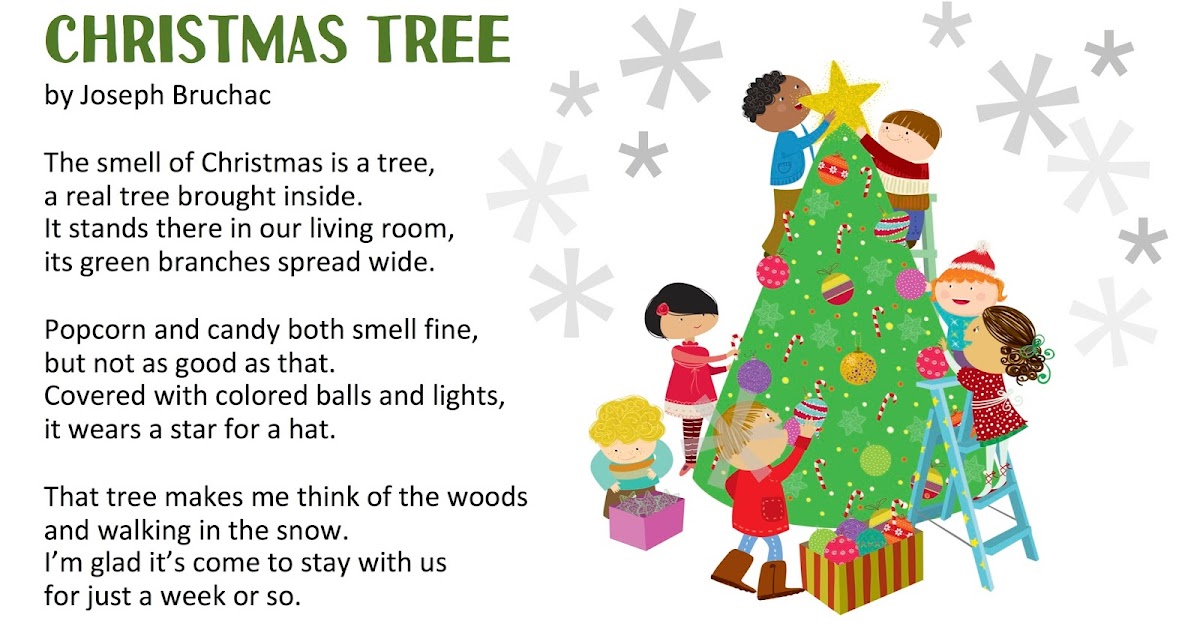
Fun fact: Centuries ago, the baptism of Christ was the primary event celebrated as part of the feast of the Epiphany, along with the visit of the Magi and other events from the childhood of Jesus. Epiphany means “manifestation” or “appearance.” So while the baptism of Christ marks the beginning of his public ministry, it is also part of his “manifestation” or “appearance”—one of the events signaling that God has broken into human history in a unique way.
Bonus! The Presentation of the Lord
December 25 – February 2 (The Feast of the Presentation of the Lord)
But wait, there’s more! The Church circles back around to the Christmas season forty days after Christmas, on the Feast of the Presentation of the Lord. The Law of Moses required first-born sons to be dedicated to the Lord, so Mary and Joseph dutifully brought the baby Jesus to the Temple for his dedication and circumcision (Luke 2:22-38). In some countries (and some households), it is traditional to keep Christmas decorations up until this feast.
This feast is also traditionally known as Candlemas; centuries ago, the feast was accompanied by a candlelight procession and a blessing of beeswax candles from the home.
Every day is Christmas
For Catholics, every day is, in the most basic sense, Christmas. That’s because every day, the Word becomes flesh in the sacraments, particularly the Eucharist; and through the sacraments, the people of God become of the Body of Christ in the world. Just as Mary’s “yes” made her an instrument of God’s incarnation in the world, by our “yes,” we too birth the Son of God into the world.
You may also like
advent, Christmas, liturgical calendar , +3 liturgical year Octave of Christmas PBG
Celebrate Grace with Your Kids, Ways to Do Faith with Kids
What Exactly Is the Holiday Season?
You may have heard people, companies or advertisers talk about the “holiday season”. For example, “are you going home this holiday season?” or “Save money this holiday season with a discount card from our store!”
If so, you might be wondering exactly what “holiday season” means.
The answer to both these questions is yes, but “holiday season” is a North American term that refers to the period of time from Thanksgiving until the New Year. This covers many of the most important holidays in American culture, when most people in the USA and Canada are likely to travel back to their home town or take time off to spend time with their family.
In the UK and in other English speaking countries, you are more likely to hear people talk about the “festive season”, which covers the build up to Christmas until the start of the New Year, or the “Christmas holidays”, which is the week lasting from Christmas Eve to New Year’s Day. Many businesses in the UK close completely during this time and employees take the whole time off as holiday.
Okay, let’s take a look at which holidays take place during the “holiday season”.
Thanksgiving
This is a national holiday in the USA and Canada that takes place on the fourth Thursday of November each year.
Hanukah
Hanukah (also called the Festival of Lights) is an important Jewish holiday that lasts for eight days and nights. The exact start date changes each year, but it always falls in November or December. In the 2nd Century BC, the Jewish people fought back against the Seleucid Empire that had taken over much of the Middle East and made Judaism illegal. Hanukah is all about the moment that the Jewish fighters took back the Holy Temple in Jerusalem and were able to practise their religion again. Today, Jews all over the world celebrate the festival by lighting candles in a traditional eight-branch candle holder called a Menorah, eat oily foods like doughnuts and spend time with their families and communities.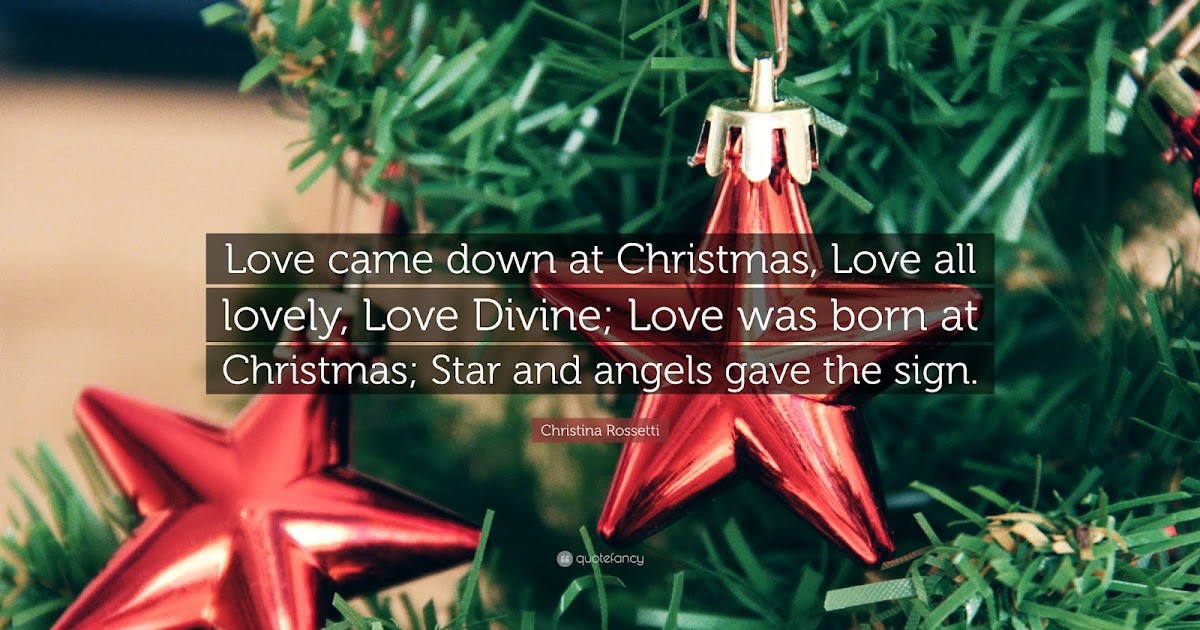
Christmas
In Christianity, this is the day that Jesus Christ was born and it is the most popular Christian holiday in the Western world. In the Bible, wise men brought special gifts to the baby Jesus and traditionally, a figure called Father Christmas / Santa Claus / St. Nicholas (depending on which country you are in) is thought to bring presents to children around the world on Christmas Eve. Today, many people celebrate the festival by having a big meal with their family and giving presents to each other. This is celebrated by most people in Western countries, even if they are not Christian or religious.
New Year’s Eve
This is the last night of the old year and the beginning of the new one! Many people have big parties with friends or family, at home or at bars and clubs. Everyone stops to count down to the start of the new year and it traditionally to drink champagne and to kiss people around you at midnight. Many people also make New Year’s Resolutions, which are a list of things that they will try to do or stop doing in the coming year.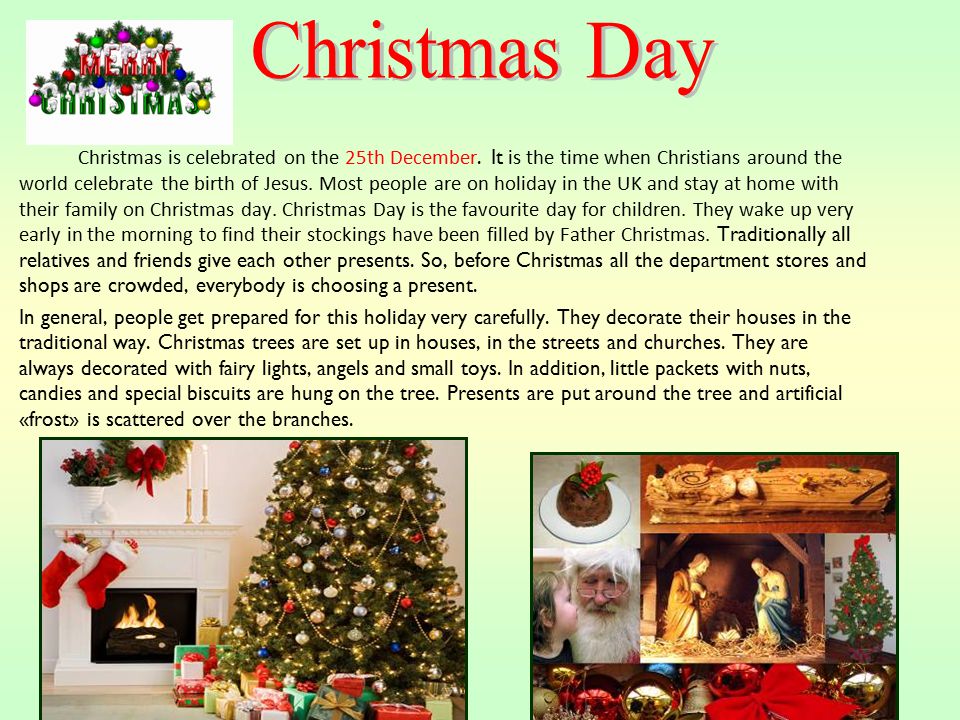
Will you celebrate any of these holidays this year? How do they compare to festivals in your home country? Let us know in the comments section below!
December 25th or January 7th? Brief explanation – when to celebrate Christmas
Why do some Christians celebrate Christmas on December 25, and some on January 7? Let’s try to explain briefly and quickly.
In fact, all Christians: Orthodox, Catholics, and Protestants celebrate Christmas on the same day – December 25, . Although this date of birth Jesus Christ is conditional. Neither in Bible nor in any other document can it be found.
December 25 in the Roman Empire traditionally celebrated one of the most important holidays – “Day of the Invincible Sun”. It was then that the darkness noticeably receded, and the daylight hours became longer.
The tradition of celebrating Christmas on December 25 among Catholics, Orthodox and Protestants has remained to this day. However, they do it on different calendars. In the West – Gregorian , some Orthodox and Protestants – according to New Julian , and, for example, the majority in Russia, Georgia, Serbia and Ukraine – according to Julian calendar.
What divided the Christians?
Very long ago Julius Caesar introduced a calendar, almost the same as the modern one – the Julian. Everything seemed to be perfect, but the calendar was not entirely accurate.
In fact, the Earth orbits the Sun about 12 minutes slower than the ancient Romans thought. The calendar began to shift. Christmas is slowly approaching spring, and Easter is approaching summer! For one and a half thousand years, the Julian calendar has lagged behind by as much as 10 days.
“Outrageous!” – thought, apparently, Pope Gregory XIII and started a reform of the Julian calendar.
The Pope ordered some years that were previously leap years to be “counted” as non-leap years. This significantly reduced the differences – up to 26 seconds per year. To compensate for the lag, he even ordered to miss 10 days. And in 1582, immediately after October 4, the fifteenth came! The reformed calendar was called, of course, the Gregorian.
But not all countries have switched to the new calendar. In particular, Ukraine, which was part of the Russian Empire, lived according to the old, Julian. The motives are political: “A Catholic is not a brother to the Orthodox”, – they believed in the empire.
But during the revolution, the Ukrainian People’s Republic switched to the new Gregorian calendar. The Bolsheviks also introduced it. But the church, strictly adhering to tradition, did not want to support the communists.
There was a situation that ordinary people began to live according to the new style (Gregorian calendar), and the church continued according to the old (Julian) one.
The inaccuracy of the church – the Julian calendar – has deepened over the years. Now it is up to 13 days.
Therefore, when some Christians celebrate Christmas on December 25 according to the Gregorian calendar, then according to the Julian it is only December 12. Ukrainian Orthodox and Greek Catholics have to wait another 13 days before the birth of Christ. Therefore, when December 25 finally arrives on the Julian (church) calendar, then on the Gregorian, by which we live, it is already January 7.
And in the year 2100, due to the inaccuracies of the Julian calendar, Christmas will already fall on January 8!
What calendars are used to celebrate Christmas in the world?
Now the Russian, Georgian, Serbian, Jerusalem Orthodox churches, as well as the Orthodox Church of Ukraine (OCU) and the Ukrainian Greek Catholic Church (UGCC) continue to use the Julian calendar.
Ukrainian Greek Catholics, being part of Poland at the beginning of the 20th century, did not switch to the Gregorian calendar for political reasons.
The New Julian (improved Julian calendar), which until the year 2800 will completely coincide with the Gregorian, is used by 11 Orthodox churches, mainly located in Western Europe. For example, the Romanian, Bulgarian, Polish Orthodox Churches and the Orthodox Church of the Czech Lands and Slovakia. As well as the “Greek” Orthodox churches: Constantinople (Ecumenical Patriarchate), Alexandria, Antioch, Hellas, Albania.
Metropolitan of Kiev and all Ukraine Epiphany stated that Ukrainians can celebrate Christmas according to the Gregorian calendar if they want to. Also, in the Orthodox Church of Ukraine, they will think about a calendar reform, provided that it is supported by the majority of believers.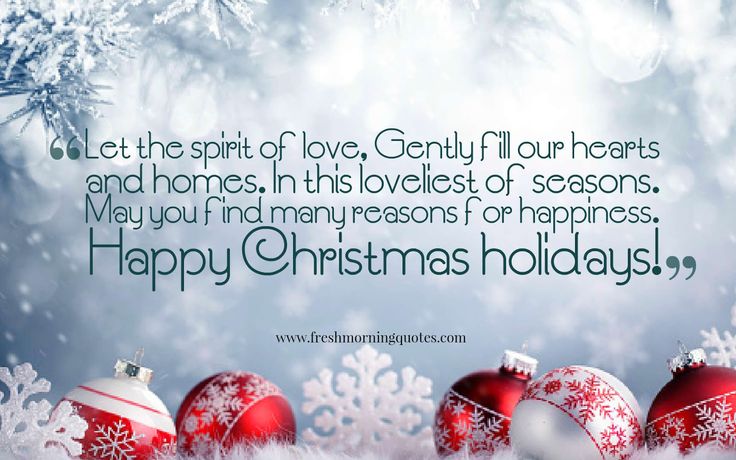
How to Celebrate Christmas: Traditions and Signs
Christians around the world celebrate Christmas cheerfully and noisily – they decorate houses, set the table, congratulate each other and give gifts. In Russia, the holiday is different – firstly, it starts two weeks later than in the whole world, and secondly, we have our own traditions that have long accompanied the main church holiday of winter. More details in the material of IA PrimaMedia.
History of the holiday
First, let’s deal with the date. How is it that we are slightly “late” compared to other countries, and are we late?
The Christian Church celebrates the great event of the Nativity of Christ on December 25th.
At the beginning of the 20th century, the Russian Orthodox Church refused to switch to the Gregorian calendar and to this day adheres to the Julian calendar in its liturgical life, in which December 25 corresponds to January 7.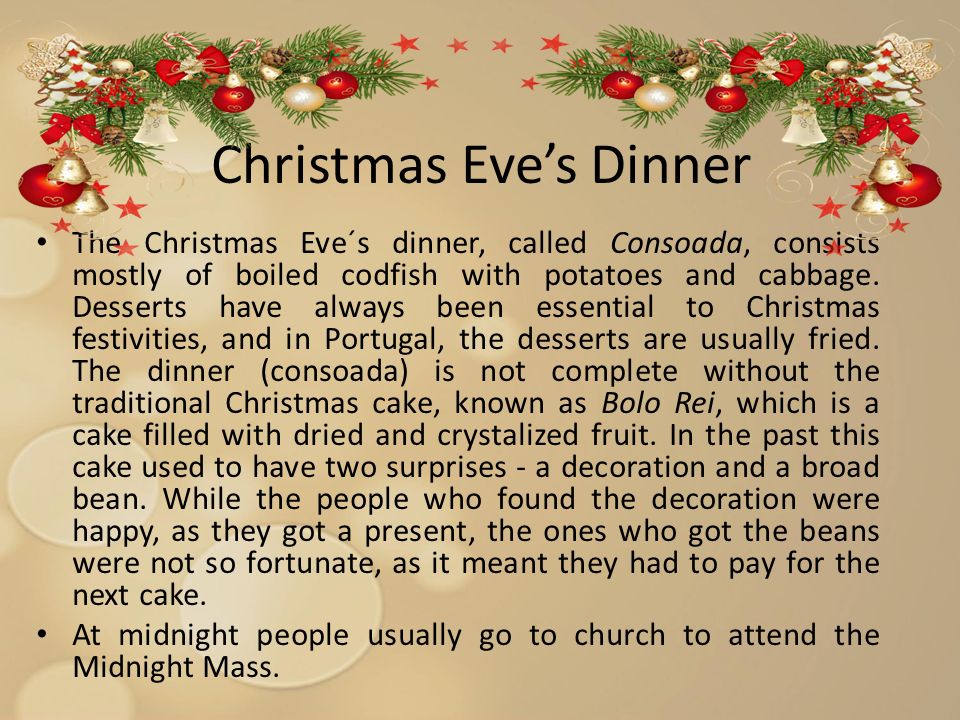
The birth of Jesus Christ is described in the Gospel of Luke and Matthew. By order of the Roman emperor Octavian Augustus, a census was conducted in Judea, and people were listed by tribe and clan, the presence of their forefathers was a prerequisite. Therefore, Joseph and Mary, as descendants of King David, went from Nazareth to Bethlehem, where their family was from.
According to the Gospel, in Bethlehem they could not find a place for themselves in a house or an inn, because of which they were forced to stop outside the city, in a cave where shepherds sheltered their cattle in inclement weather. In this cave, at night, the Blessed Virgin Mary gave birth to the Infant – the Son of God, Christ.
The first to bow to the Nativity of Jesus were the shepherds, who were informed of this miracle by an angel who appeared. A star appeared in the sky, which led the magi (wise men) to the baby Jesus. The Magi presented Christ with gifts – gold, frankincense and myrrh. On the eighth day after the birth of the Savior, according to the law, he was given the name Jesus, which was indicated by the Lord through an angel.
In pre-revolutionary Russia, disguise and carols were forbidden, as they were considered remnants of the pagan past. By the end of the 19th century, Christmas had turned from a church holiday into a secular one. Soon new attributes appeared – a Christmas tree, Santa Claus and gifts.
Soviet Russia did not recognize religious holidays, so Christmas traditions were transferred to the New Year – both a decorated Christmas tree and mass celebrations.
The end of the Soviet era did not bring a reverse transformation – the New Year remains the main traditional holiday in Russia. But now we also celebrate Christmas, every year on Christmas Eve (on the night of January 6-7), a divine service (all-night vigil) is broadcast on federal television channels, turning into a liturgy. Some Orthodox believers at this time hold a service in the temple.
In the Orthodox Church, Christmas is the second most important holiday after Easter. It is preceded by a multi-day fast, which lasts from November 28 to January 6.
How Christmas was celebrated in Rus’
Some traditions have remained unchanged since ancient times. For example, to wait for a holiday – they prepare for Christmas in advance, clean the house, prepare treats for the table.
Christmas tree markets became popular in our country in the 19th century. The Christmas tree began to be decorated with sweets, candles and hand-painted toys. A star was placed at the top of the tree. Only adults were allowed to the process, the Christmas tree was carefully hidden from children until the very holiday.
There were other traditions, even superstitions. For example, on Christmas morning it was impossible to drink water, otherwise a person would be thirsty all summer long. You can’t sew, bend and weave anything on Christmas – this is fraught with various troubles and misfortunes.
Several superstitions are associated with the table itself. The tablecloth must be clean, preferably new. A bundle of straw was placed under it, the designation of those same mangers.
People were worried not only about themselves, but also about their household – so that the cattle would not run away from the herd, it was necessary to tie the legs of the Christmas table with a rope; so that the animals would not be attacked by wolves, they carried the remnants of the festive dinner over the fence.
Christmas dinner
The Christmas table was very carefully thought out. On the eve of the holiday, January 6, before the appearance of the first star in the sky, nothing could be eaten, this day is considered the strictest day of the Nativity Fast.
The main dish on Christmas Eve was sochivo – porridge made from wheat, honey and poppy seeds.
After dinner, people went to church for worship. When they returned, everyone was invited to Christmas dinner.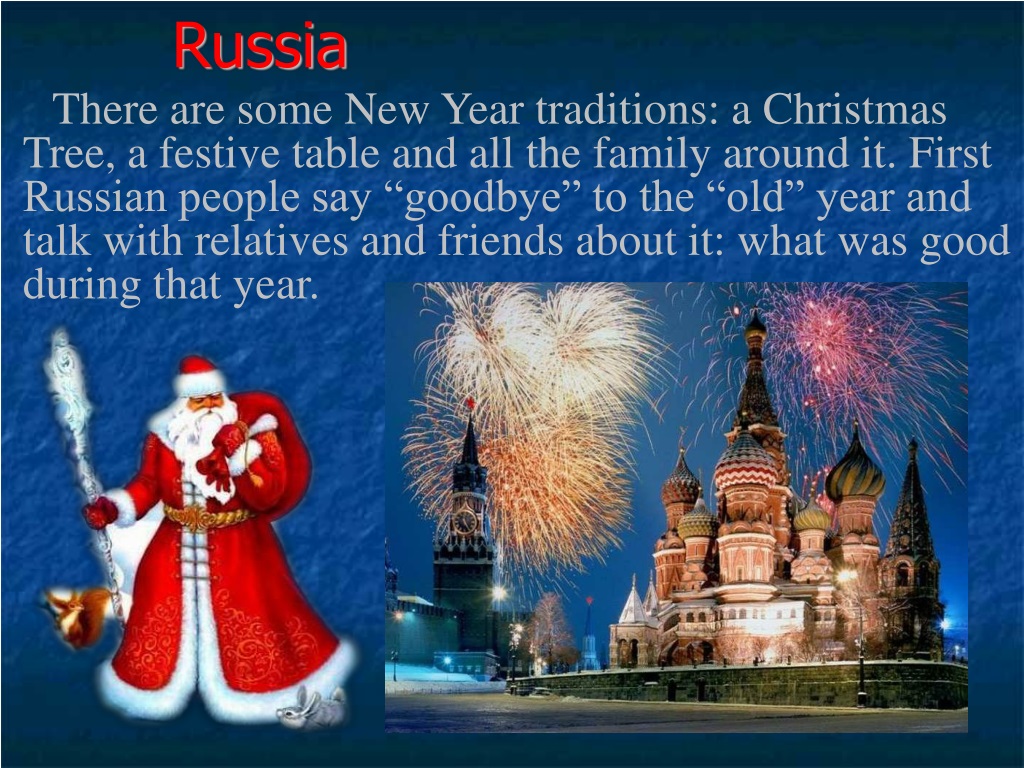
13 dishes were supposed to be served on the table. Everyone gathered at the table was sure to try a little from everyone – there were porridge, and kutya, and pies with pretzels. At the meal, they usually remembered all the good and bad that happened during the year, then the remaining kutya was taken to the elderly and the poor. In some places in Russia, a table with food was left until the morning, it was believed that the souls of deceased relatives would also gather to eat.
By Christmas it was customary to bake animal figurines from wheat dough, with which tables and windows of the hut were decorated. They were sent as gifts to relatives and friends.
Interestingly, on Christmas the doors of the houses were always open, anyone could come to the feast. It was considered a great joy to feed the beggar, it was believed that Christ himself could be hiding in his image.
Entertainment for Christmas
Christmas in Russia begins Christmas time – holidays that last until Epiphany.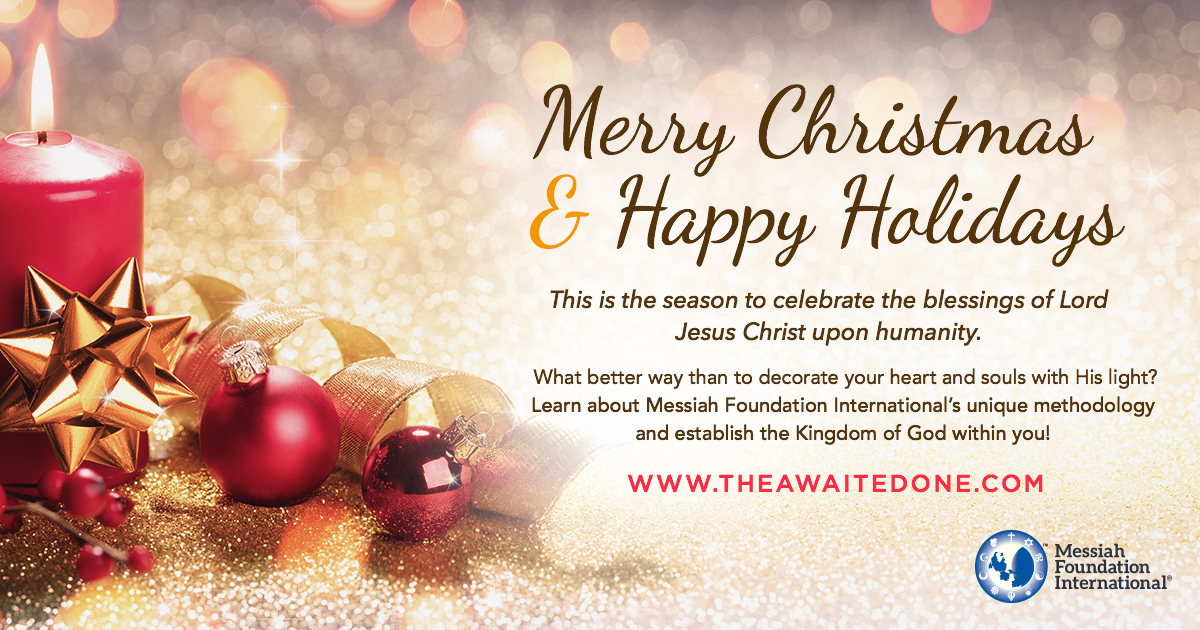
Carols are perceived by some people as a relic of paganism, because these songs are associated with the Day of Carols, when our ancestors glorified the Sun. Today carols glorify Christ, their texts contain words of gratitude to the Savior, they ask for blessings for the next year. In response to a song, a person needs to be treated.
Christian youth still carols – they bring the received sweets and gifts to the parishioners of the temple.
In addition, dress-up shows are very common. In ancient times, mummers used skins, animal masks and horns, played skits and danced in the streets. At the end of the 17th century, the crib theater penetrated from Poland to Russia: scenes about the birth of Jesus Christ and other plots were played in a special box-crib with the help of dolls.
It was customary to visit Christmas time, prepare gifts for each other, arrange mass celebrations, youth games and guessing.
Christmas in Primorye
Various events are held at this time in all dioceses. Collecting money, things of material value.
Practically in every parish, especially a large one, actions are held – someone collects money for children, someone sends them to prisons. Previously, they were also collected for military units, now this is not necessary.
As for the holiday itself, on Christmas there are no special gastronomic prescriptions and traditions, the table is not Lenten. Western churches have a tradition of cooking goose, but the tradition has not taken root in the Far East. Divination, which was popular in Rus’ during Christmas time, is a pagan tradition that has nothing to do with Christianity. Carols are folk art, songs dedicated to the born Divine Infant.
It is worth noting that Christmas in the minds of people is becoming more of a spiritual holiday. The right attitude to the holiday is beginning to be born in the minds of the people, and more and more parishioners have been gathering at the Christmas service lately.

